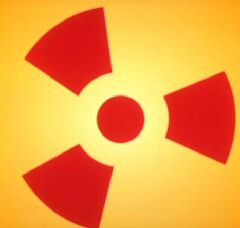
Scientists at Washington University in St. Louis have learnt some new tricks about operating a nuclear reactor from Mother Nature herself. Their research – appearing in Physical Review Letters – looked at the isotopic structure of noble gases produced from the only known natural nuclear fission chain reaction site in the world in Gabon, West Africa. It was known that the natural nuclear reactor operated two billion years ago for 150 million years at an average power of 100 kilowatts. The Washington University team solved the mystery of how the reactor worked and why it didn’t blow up.
Analyzing rock fragments taken from the Gabon site, Alexander Meshik, from Washington University, has calculated that the precise isotopic structure of xenon in the sample reveals an operation that worked like a geyser. The reactor, active two billion years ago, worked on a 30-minute reaction cycle, accompanied by a two-and-a-half hour dormant period, or cool down. “This similarity to a geyser suggests that a half an hour after the onset of the chain reaction, unbounded water was converted to steam, decreasing the thermal neutron flux and making the reactor sub-critical. It took at least two-and-a-half hours for the reactor to cool down until fission xenon began to retain. Then the water returned to the reactor zone, providing neutron moderation and once again establishing a self-sustaining chain,” said the researchers.
In 1952, the late Paul Kuroda predicted that if the right conditions existed, a natural nuclear reactor system could go critical. Twenty years later, noticing that uranium ore from the Oklo mine was depleted in 235 Uranium , it was discovered that the site had once been a natural nuclear reaction system. “The big question we addressed was: When it reached criticality, why didn’t it blow up?” Meshik said. “We found the answer in the xenon.”
There were two major theories on how the reactor operated. One held that the system burned up highly neutron-absorbing impurities such as rare earth isotopes or boron, and because of that the system shut down regularly, and different parts of the reactor might have operated at different times. The other involved the role of water acting as a neutron moderator. As the temperature of the reactor went up, water was converted to steam, reducing the neutron thermalisation and shutting down the chain reaction. The chain reaction re-started only when the reactor cooled down and the water increased again.
Analysis of the xenon, the largest concentration of xenon ever found in any natural material, confirmed the water method. It also revealed the role of alumophosphate as the system’s waste absorber. Xenon is extremely rare on earth and very characteristic of the fission process. Chemically inert, the element has nine isotopes and is abundant in many nuclear processes. “You get a big diagnostic fingerprint with xenon, and it’s easy to purify,” said co-researcher Hohenberg, who noted the importance of alumophosphate in the natural nuclear reactor. “More krypton 85, a major waste from modern nuclear reactors, is getting piped into the atmosphere each year,” he said. “Maybe this natural mode can suggest a safer solution.”





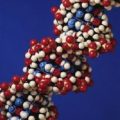
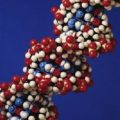

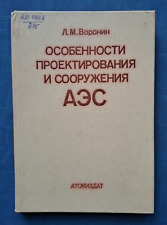
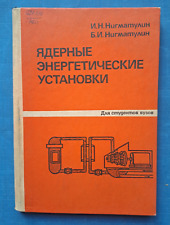

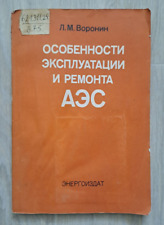
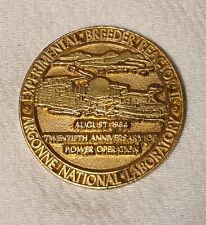

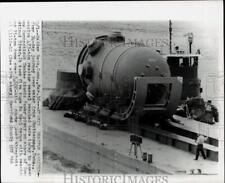
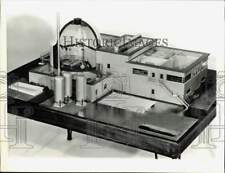
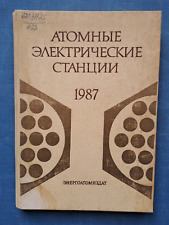

Comments are closed.